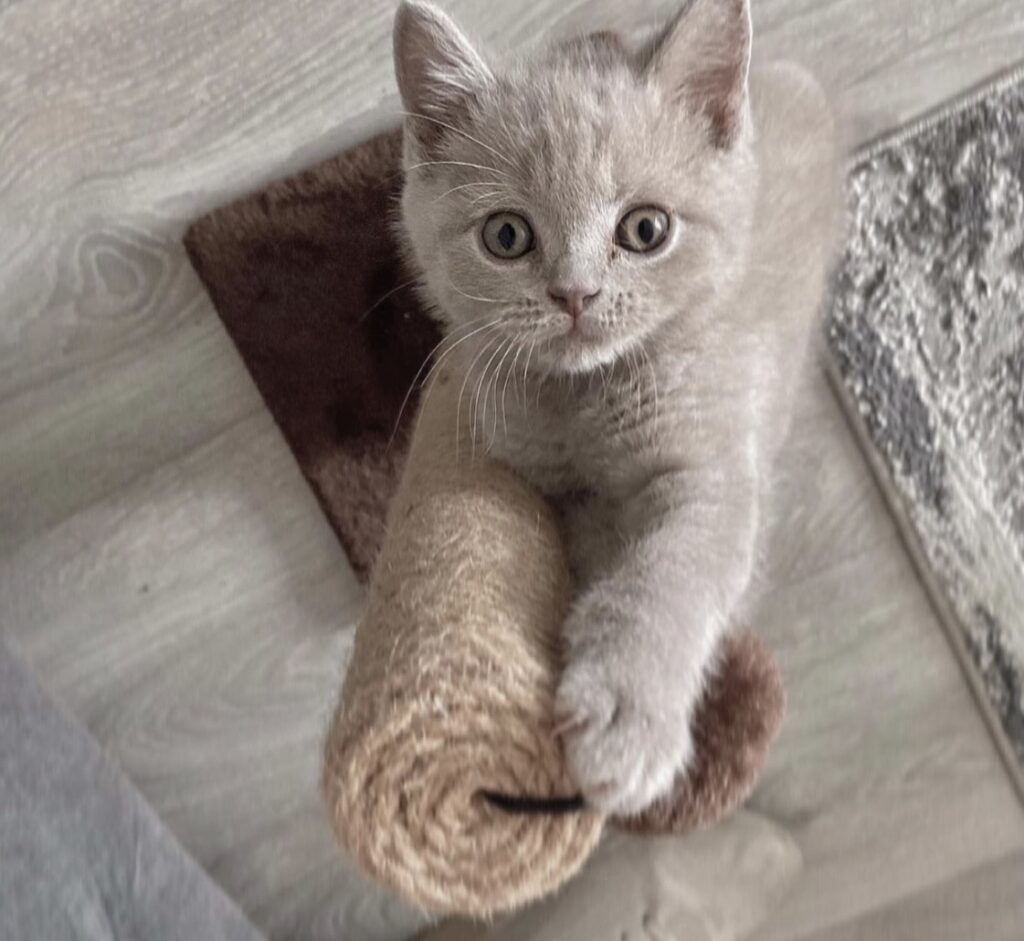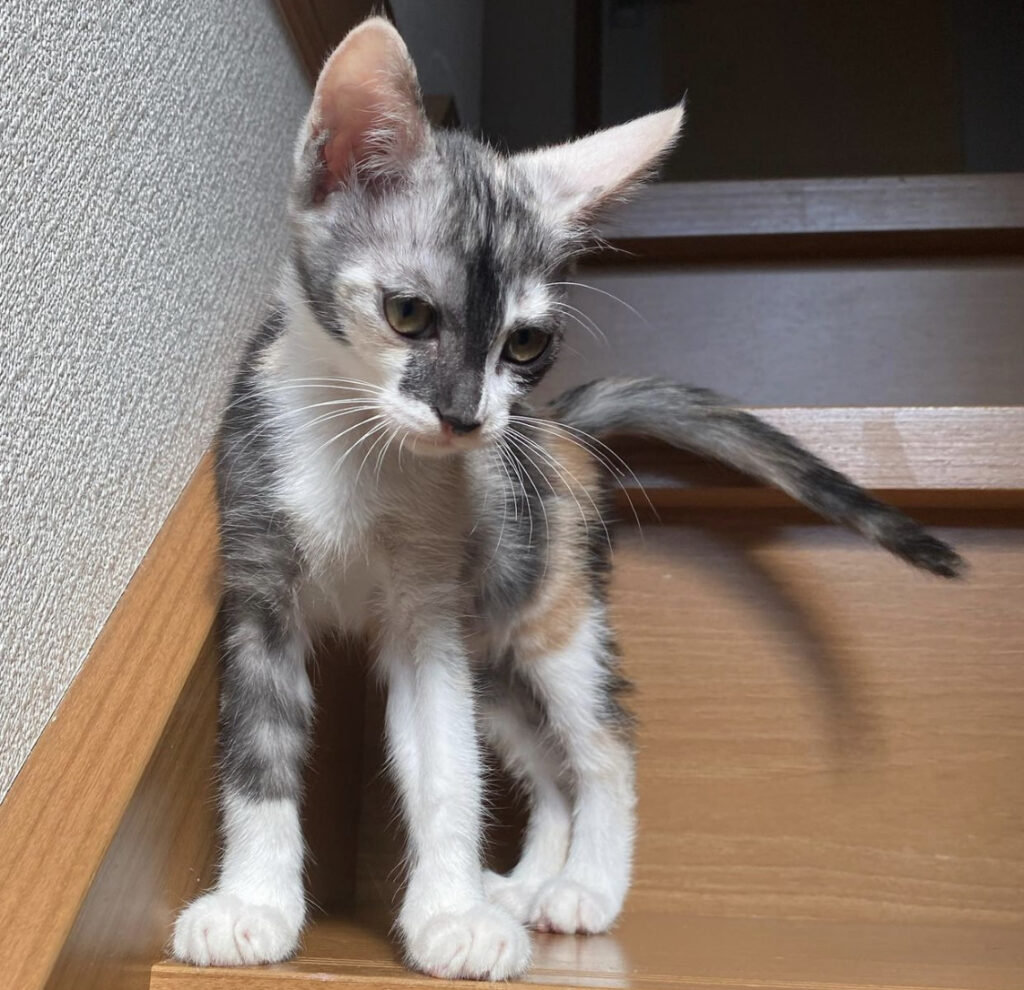British Shorthair For Sale | British Shorthair Cat For Sale | British Shorthair Price | British Shorthair Kittens For Sale | Golden British Shorthair | British Shorthair Kittens For Sale Near Me

Sex: Female
Pets Current Age: 09 weeks.
Status: Available
Vaccinations: Up-to-Date
Registered: Yes
Kitten Training Kit, Blanket & Toys, Food Samples &
Feeding Manual, A life Time Breeder Support.

Sex: male
Pets Current Age: 09 weeks.
Status: Available
Vaccinations: Up-to-Date
Registered: Yes
Kitten Training Kit, Blanket & Toys, Food Samples &
Feeding Manual, A life Time Breeder Support.

Sex: Female
Pets Current Age: 09 weeks.
Status: Available
Vaccinations: Up-to-Date
Registered: Yes
Kitten Training Kit, Blanket & Toys, Food Samples &
Feeding Manual, A life Time Breeder Support.
British Shorthair Cat Breed Description
British Shorthair For Sale | British Shorthair Cat For Sale | British Shorthair Price | British Shorthair Kittens For Sale | Golden British Shorthair | British Shorthair Kittens For Sale Near Me
Active: British Shorthair cats are not overly active cats. They are quite docile and laid back. They do enjoy spurts of playing and activity but ultimately, they are a pretty relaxed cat.
Size: The British Shorthair is a medium to large cat, weighing between 9 to 18 pounds.
British Shorthair For Sale | British Shorthair Cat For Sale | British Shorthair Price | British Shorthair Kittens For Sale | Golden British Shorthair | British Shorthair Kittens For Sale Near Me
Characteristics: The British Shorthair has a medium to large size, compact body that is cobby. They are powerful and strong cats with incredibly muscular bodies. They have large, round heads with short noses and medium, rounded eyes. They have a signature upturned smile that they are quite famous for. It is said the Cheshire Cat from Alice in Wonderful is modeled after the British Shorthair, right down to their sweet smile. They also have medium size, wide-set ears that are rounded. They also have short to medium length legs with medium length tails.
Temperament: The British Shorthair is the ideal cat for someone who is looking for a wonderful and loving companion. They are not overly demanding and are actually on the quiet side. While they are not hyper, they do enjoy playing and being with the ones they love. They will not constantly pester you all day, but they certainly enjoy your affection and attention. They are also incredibly intelligent and enjoy challenging games or toys.
Care: British Shorthair coat is easy to manage as it does not tangle or mat. Simply brush their hair once or twice each week to keep their coat shiny and lovely. They will seasonally shed and may require more combing or brushing during that time. As with any cat, they also need their nails trimmed and ears cleaned when necessary. And lastly, regular teeth brushing will keep their teeth and breath fresh!
Coat: The British Shorthair has a short, very dense coat that feels crisp to the touch. It’s thick coat is also waterproof. While blue remains their most popular color, their short coats come in a variety of colors and patterns.
Origin: The British Shorthair cat is medium to large in size and ranges in weight from 9 to 18 pounds. The British Shorthair is known as the first official show cat but, before being a show cat, is said to have wandered around the streets of Great Britain. The breed was initially known as the European Shorthair and made its way to Great Britain about 2,000 years ago. When Romans invaded Great Britain, European Shorthairs that had been acquired from Egypt, made the journey along with the Romans to help protect food supplies and keep rodents away.
Over time, the skilled mousers and working cats won over the hearts of many and were welcomed into homes with open arms. While these early cats didn’t have the same appearance that today’s British Shorthairs have, they are the forefathers of the breed. As time continued on, cats were not only appreciated for their skills and companionship but their beauty, conformation, and intelligence. Soon, they were catching the eyes of cat fanciers. The Father of the Cat Fancy, Harrison Weir, took an interest in British Shorthairs in the late 1800s and decided to gather the best of the cat breeds and organize a cat show. The first cat show was held in 1871 and Weir helped formulate and write many breed standards, including the British Shorthair. And, interestingly, Weir’s own blue tabby British Shorthair was named Best in Show at the cat show.
As often happens with cats that have been around for some time, their popularity waxed and waned over time. As the 1900s approached, interest in the British Shorthair decreased in favor of other cat breeds. But, avid British Shorthair fanciers stayed true to their love and helped grow the breed. Breeders petitioned the Governing Council of the Cat Fancy to allow British Shorthairs to be crossed with other breeds to help grow the gene pool and bolster the breed. Out-crossing began and, after several generations, the breed began to grow and thrive again. Because of breeding with different cat breeds, blue became the primary color and the breed was even known as the British Blue for a number of years. While the breed was enjoying popularity and success in Great Britain, it took some time for the breed to gain popularity in America. British Shorthairs didn’t make much of a splash in America until the 1960s and was first registered with the ACFA in 1970 as the British Blue. It would take some time colors other than blue to be accepted for the British Shorthair, both in American and Great Britain.
In 1979, the breed was granted championship status by TICA. One black British Shorthair, Manana Channaine, did so well in shows that it would prove to be an integral piece of the puzzle to allowing more colors for British Shorthairs. Between the 1970s and 1980s, associations began to recognize a range of colors for the British Shorthair and the breed enjoys widespread popularity and adoration to this day.
